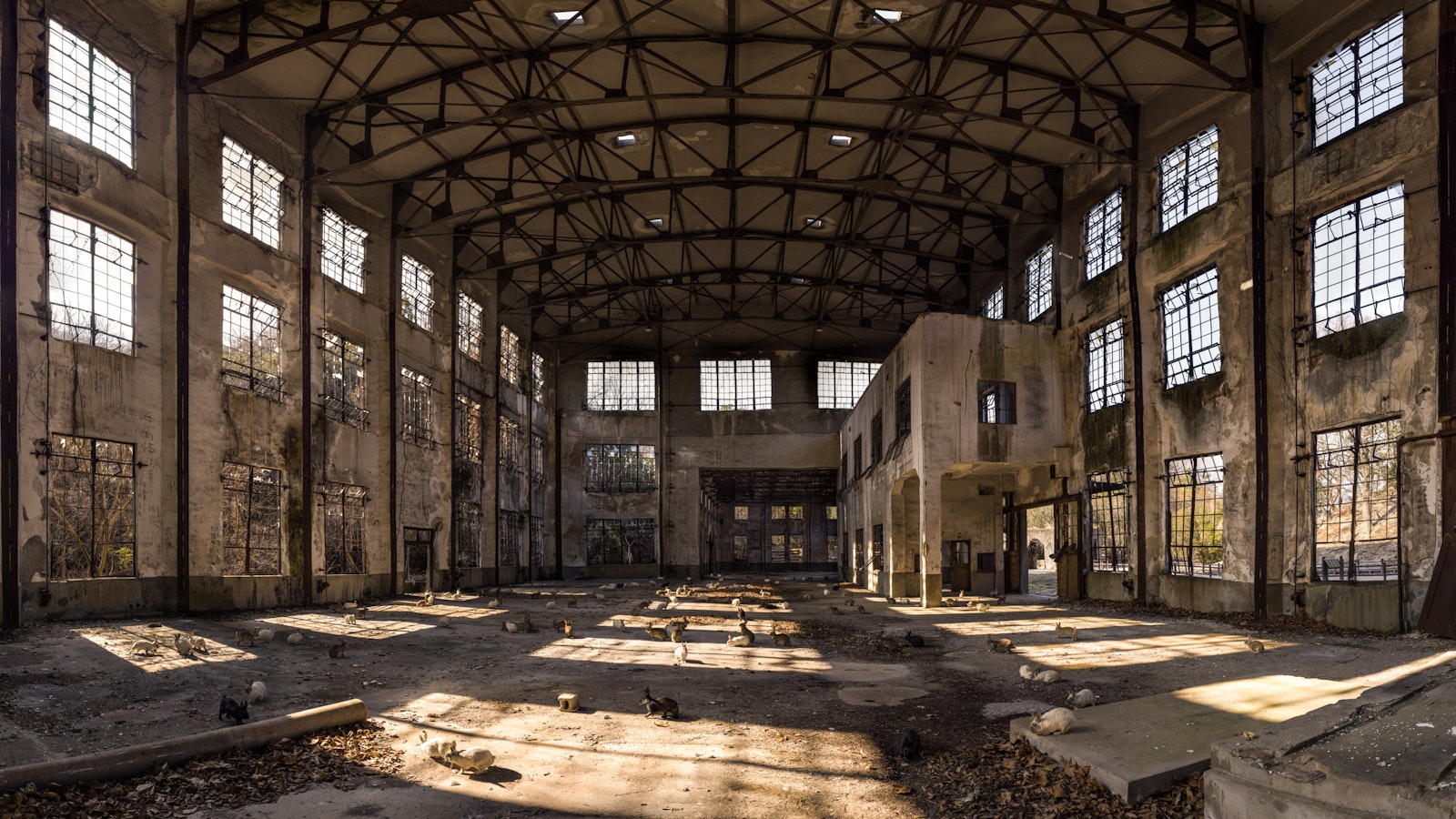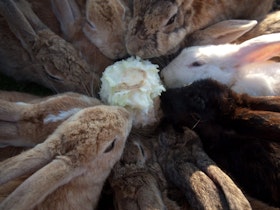Art and Culture
6th December 2015
Although I was far away from Japan, it was impressive to see just how much of an influence Japanese culture has in the lives, interests and artistic expression of people everywhere.
Read full article
Date Published
12th December 2015
I recently had the pleasure of trying out Hasselblad’s new CMOS camera, the H5D50c.
This is the first ever medium format camera with a CMOS sensor, which means it’s the first medium format DSLR to have decent high ISO performance (along with several other improvements).
Hasselblad asked if I could test it out with some of my landscape work, and I had the perfect place in mind.
Take a look at the video below for a look at what I got up to with the camera.
For a closer look at the final image, see here.
What I don’t mention in the video is that this shot has kind of been my white whale. This was my third time to visit the island of Ookunoshima, and my third time to try and create an image which does justice to the feeling I have when I walk around the island.
I first visited Ookunoshima in 2009, and I have known since then exactly what the shot I wanted should look like; it was to be an ultra wide interior shot of the floor of the old power station on the island, with the leaves and broken glass scattered across the floor, vines creeping through the windows, sunlight pouring in from outside, and most importantly, the island’s rabbits scattered amongst it all.

Achieving the ultra wide angle of view while maintaining a high resolution meant I would stitch the shot together with around 50 separate shots from an 80mm lens. When stitching, however, the depth of field (or lack thereof) is compounded, so a very small aperture is needed. Having a small aperture means you need to knock down your shutterspeed, which is not normally a problem, but in this case, it meant that the rabbits all became too blurry.
In my previous attempts at the shot, I always had to pick one compromise; either the rabbits would be blurry due to a slow shutter speed, or some rabbits would be out of focus due to the aperture not being small enough.
The 50c finally solved this problem, as I was able to push the ISO (something I previously avoided like the plague) to keep my shutter speed high and my aperture small, while still retaining sharp and noise free results.
I was sceptical about how effective the high ISO could really be on this camera, but I think the result speaks for itself. The final image was shot at 1/125sec, f22, and at a ridiculous 1600 ISO.
This was not the only useful feature of the 50c, however. In previous attempts at this shot, I had to make use of multiple exposures and blend them to avoid massively blown highlights or shadows. Despite the fact that I was shooting at 1600 ISO, and that the scene had a ridiculous dynamic range due to having both dark interior corners and patches of direct sunlight, the final photo was created with zero exposure blending. This was a massive time saver in post.
I also noticed that for the first time, the limiting factor in my shooting speed was not the camera but the memory card; the camera was able to fire off at max speed faster than I could reposition it for the next shot, until the memory card eventually hit the buffer. This is useful when stitching scenes like this one, as the light changes fast, and if I don’t complete my stitching quickly, the light may change causing a big headache trying to reassemble non matching puzzle pieces in post.

I also ran into a pretty big problem on this shoot which threatened to ruin the entire image. While in previous trips, the rabbits were often out in force around the factory ruins, due to increased tourists to the island it seems most of them have learnt to hang out on the other side of the island, near the hotel, where they are fed more often by visitors. There weren’t enough rabbits in the building to create the image that I had in my head, to really show the way the rabbits have totally taken control of the island, so I had to work a little camera magic to get what I wanted.
The 50c saved the day with its built in intervalometer, which allowed me to lead rabbits around the scene while the camera automatically took shots, so that when stitching the image back together I had rabbits covering a much wider area. Shooting landscapes is pretty lonely work, and out on location with no assistant and not having brought a separate intervalometer, this feature was a life saver. The shot could not have happened without it.
A lot of people seem to think medium format cameras are for studios only, so it’s great to see Hasselblad offering new tech which doesn’t just slightly improve the shooting experience, but legitimately allows the camera to be used in ways that just weren’t possible before.
Many thanks to Hasselblad for letting me play with the camera, and I’m glad that I can finally put a shot to rest that just hasn’t been possible until now.
Thanks also to Ginichi studio shop in Tsukishima who leant us some video gear, and to Hakobune who provided us with the amazing soundtrack.